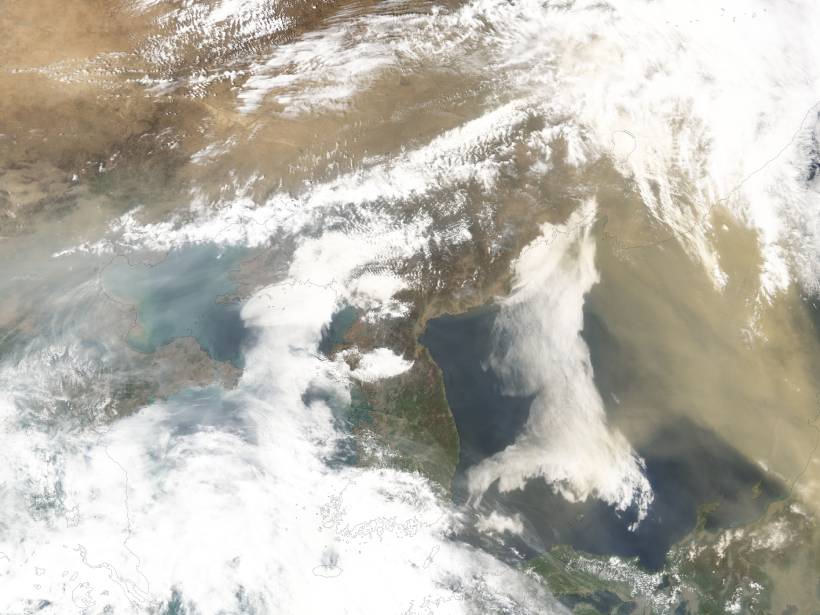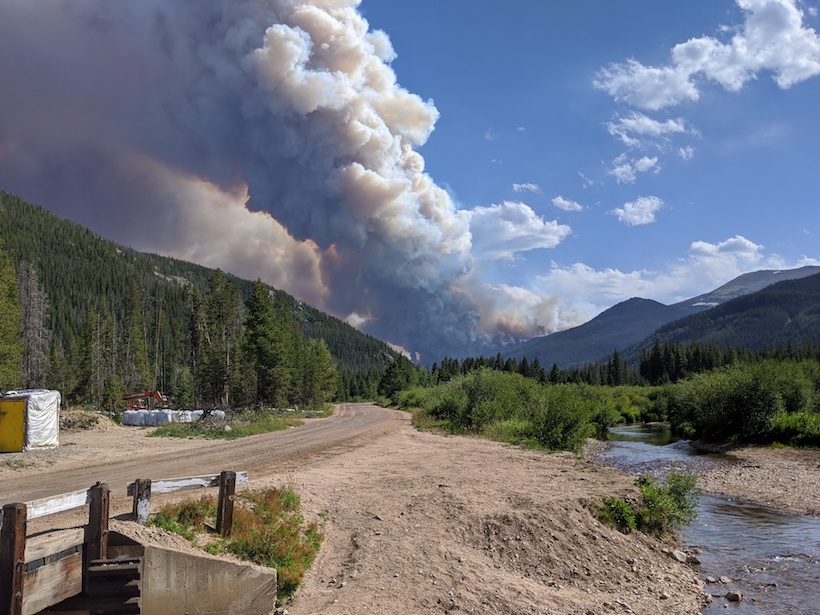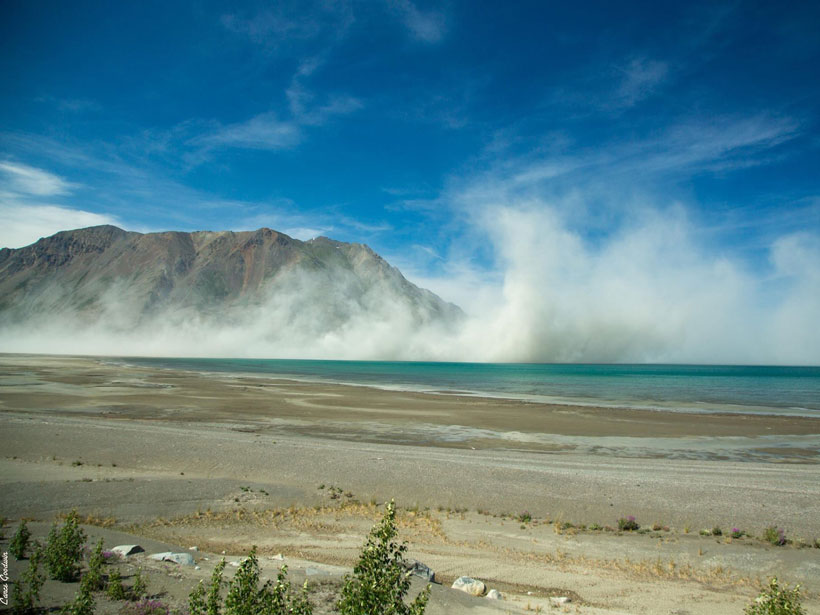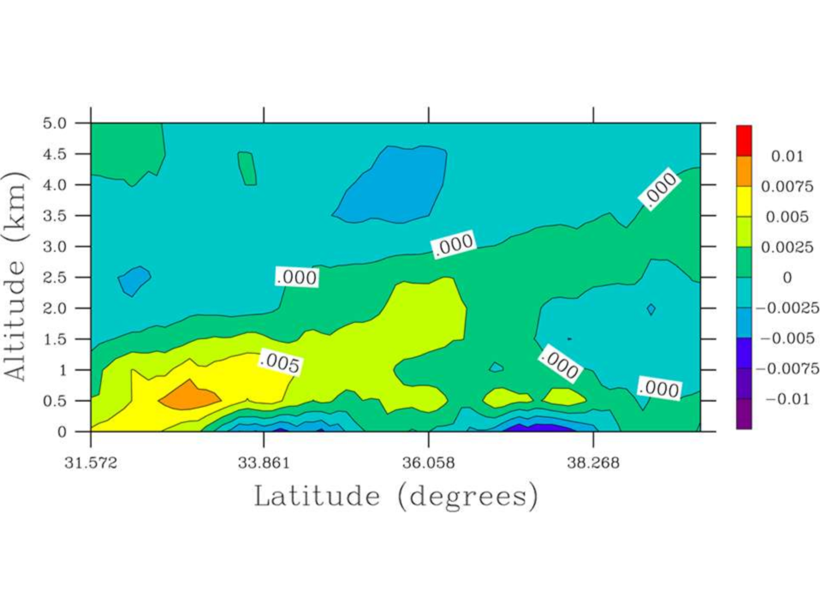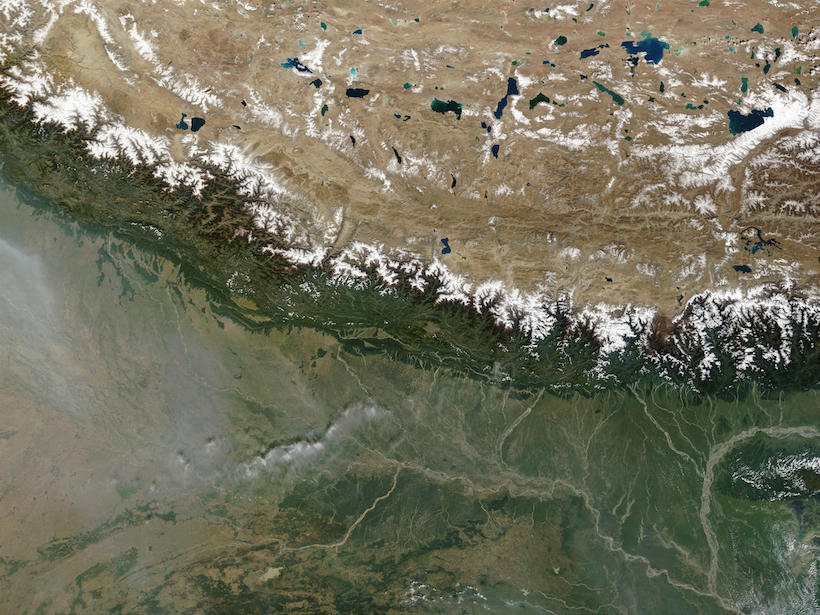A new study confirms that an important wind system is shifting due to climate change.
aerosols & particles
Evaluating Environmental Predictors of Western U.S. Wildfires
A new analysis highlights the importance of carefully selecting the environmental variables used to drive future changes in wildfire burn area in climate models.
The Influence of Tidal Forces Extends to the Arctic’s Deep Sea
The Moon’s gravitational pull creates the tides, but its influence extends hundreds of meters below the sea surface too, influencing sensitive methane seeps in the seabed.
Wildfires May Exacerbate Asthma in the Western United States
A new study predicts that by the 2050s, wildfire smoke will cause the region to spend $850 million more every year to treat asthma.
Dust from Receding Glaciers May Have Major Atmospheric Impacts
New research is helping scientists understand how Arctic dust created by receding glaciers affects local air quality and global climate.
Comparing Impacts of CO2 and Particle Emission Reductions
Black carbon contained in airborne particles is often cited as a major factor warming the climate, but how much can California reduce climate change through reducing airborne particle concentrations?
Zero-valent Iron in the Oxidizing Atmosphere?
A comparative study of urban, semi-urban, and rural sites reveals that the species of atmospheric iron varies depending on location.
Pollution over the Tibetan Plateau Linked to Sea Ice Loss in the Arctic
New research suggests an atmospheric connection between Arctic sea ice melt and anthropogenic aerosol pollution over the Tibetan Plateau.
Have We Got Dust All Wrong?
Scientists are challenging conventional notions of how dust particles are aligned; “everything we’ve so far hypothesized about the impact of dust on the atmosphere might be misplaced.”
Halocarbons: What Are They and Why Are They Important?
CFCs and other halocarbons have long been known for causing an ozone hole over the Antarctic, but many of them are also powerful greenhouse gases.

